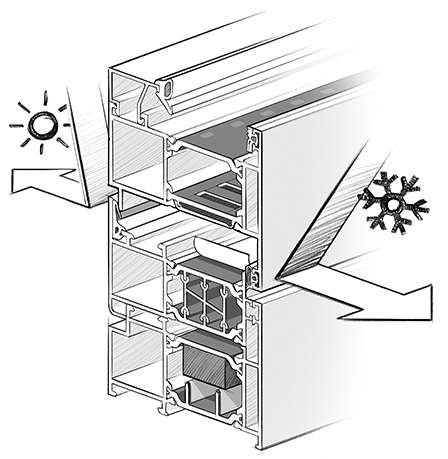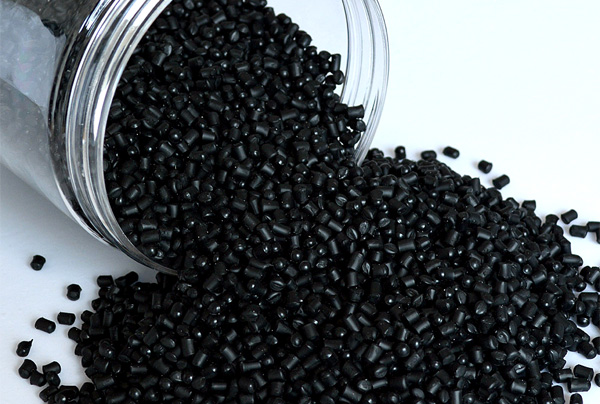Granules are a type of structure found in polymers. The granule structure is granular, which is used in the production of many plastic materials, including polyamide strips. In fact, granules are in the form of ball-shaped grains that come in different shapes to produce different materials. In fact, the molecular material of granules can be any type of plastic, but the structure of granules refers only to a specific type that has a ball shape. Obviously, granules have a qualitatively different grade or grade, which is considered a new granular material if the granular material is produced directly from petrochemicals and is referred to the manufacturer for the production of plastic materials, but if the granular material Produced from recycled raw materials, it is converted into waste raw materials, and each plastic loses its granular property with several recycling.
Nylon is the generic name for a family of synthetic polymers first produced in February 1935 by Wallace Carrots at DuPont, and because the polymer is produced by the binding of repetitive pep amide (bonded amide) units, it is called polyamide. Also called.
In addition to thermal resistance, these materials also have high electrical resistance and due to their crystalline structure, they show good chemical resistance. Other properties mentioned for nylons are impermeability; At the same time, by combining, the ignition resistance of these materials can be easily increased. By adding glass fibers and increasing the strength of these materials, they can be used as suitable alternatives to metal parts. Due to the ability of fast molding of polyamide 66 and its other mechanical properties, including having a center of symmetry and melting point, tensile strength, hardness and high thermal and chemical resistance, from its resistant grade by combining with 25% by weight of glass fibers, used for the production of thermal insulation strips for sewing on aluminum thermal break profiles. Due to their high physical and mechanical capabilities, these polyamide insulation profiles, while maintaining the strength of aluminum profiles, insulate it against temperature exchange in different seasons of the year.




